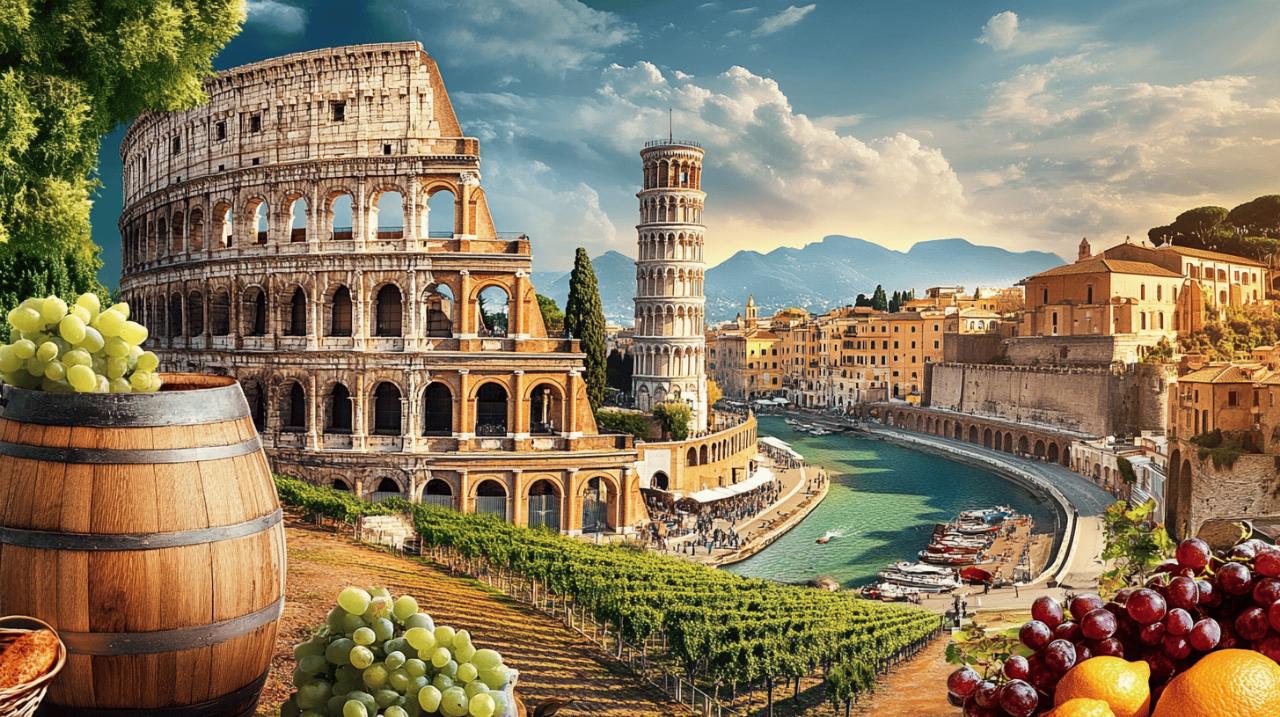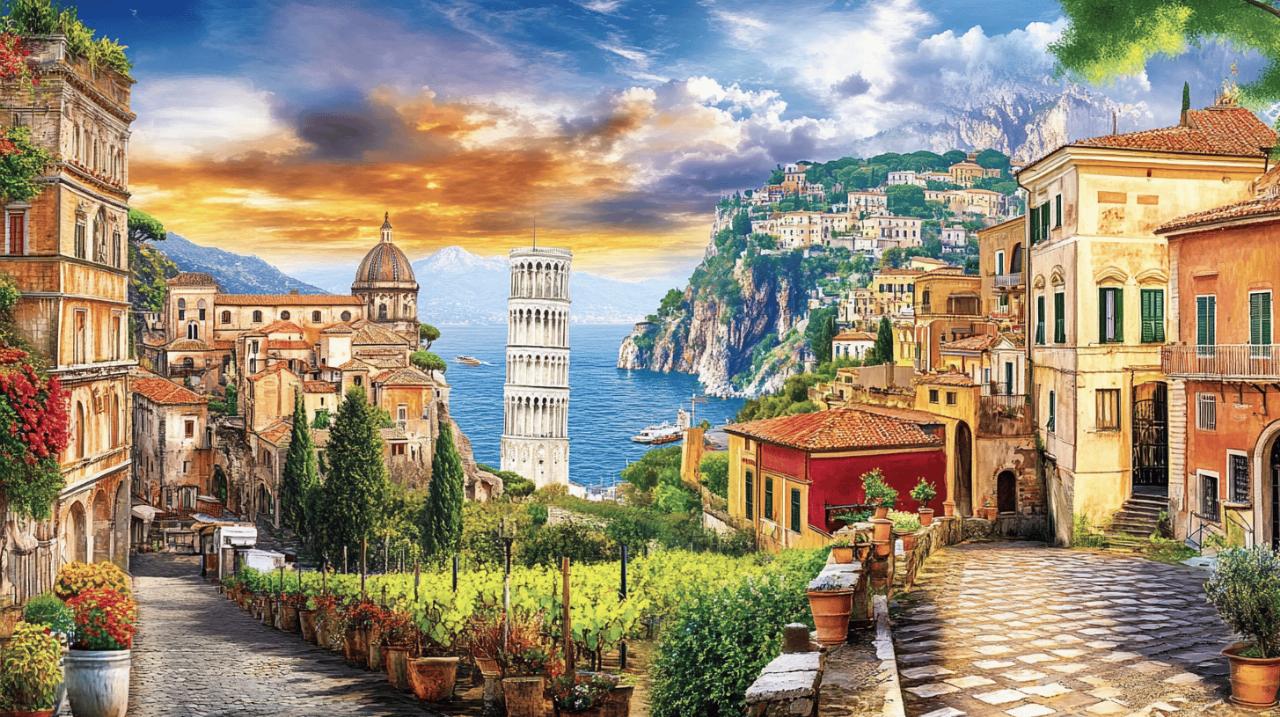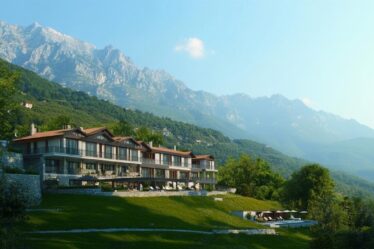
Welcome to the enchanting realm of Italy, a country where every corner tells a story and every vista captivates the soul. Beyond the iconic landmarks that dominate postcards and travel brochures lies a different Italy—one brimming with undiscovered treasures waiting to be explored. Let us guide you through these lesser-known wonders that make Italy truly special.
Unveiling italy's secret cultural treasures
Italy's cultural tapestry extends far beyond the celebrated museums of Florence or the ancient ruins of Rome. The true essence of Italian heritage often thrives in the shadows of its famous counterparts. Eago-Italia understands this deeply, sharing fascinating stories and insights about Italian cultural nuances that many visitors miss. These hidden cultural gems offer authentic experiences that connect travelers to the heart and soul of Italy.
Ancient rituals and festivals off the tourist trail
Throughout Italy, centuries-old traditions continue to flourish in communities largely untouched by mass tourism. In the Aosta Valley, bordering both Switzerland and France, local festivities blend Alpine customs with distinctly Italian flair. During winter celebrations, residents don elaborate wooden masks and colorful costumes, performing rituals that date back to pre-Christian times. Similarly, the tratturi of Molise—ancient grassy paths once used by shepherds for seasonal migrations—now serve as the backdrop for harvest festivals that maintain agricultural traditions from medieval times.
In Tarquinia, a UNESCO World Heritage site, the Etruscan New Year is commemorated with historical reenactments that transport visitors thousands of years into the past. These authentic celebrations provide windows into Italian cultural identity that most travelers never witness, revealing how deeply history remains embedded in contemporary Italian life.
Artisan workshops preserving centuries-old traditions
The soul of Italian craftsmanship beats strongly in small workshops tucked away in narrow medieval streets and quiet village squares. In Modena, family-run acetaie produce traditional balsamic vinegar using methods unchanged for generations, aging the precious liquid in wooden barrels for decades. Visit these intimate production spaces to witness true devotion to craft, where artisans follow rhythms established by their ancestors.
The South Tyrolean village of Chiusa hosts woodcarvers who continue Alpine artistic traditions, creating intricate religious figures and decorative items using techniques passed down through family lines. In Ascoli Piceno, known as the City of Travertine, stone carvers transform local limestone into architectural elements and sculptures, maintaining skills developed during the Renaissance. These workshops represent living museums where visitors can observe masters at work and sometimes participate in the creative process.
Spectacular natural wonders beyond the guidebooks
 While tourists flock to the Amalfi Coast or Lake Como, Italy harbors countless natural landscapes of equal beauty but without the crowds. From alpine meadows to hidden Mediterranean coves, these less-visited natural settings showcase Italy's remarkable geographical diversity and provide tranquil alternatives to bustling tourist hotspots.
While tourists flock to the Amalfi Coast or Lake Como, Italy harbors countless natural landscapes of equal beauty but without the crowds. From alpine meadows to hidden Mediterranean coves, these less-visited natural settings showcase Italy's remarkable geographical diversity and provide tranquil alternatives to bustling tourist hotspots.
Remote mountain villages with panoramic vistas
The Italian mountain landscape houses secluded communities where time seems to move more slowly. In the Garfagnana valley of Tuscany, stone villages cling to verdant mountainsides, offering sweeping views of chestnut forests and medieval bridges spanning crystal-clear rivers. These settlements, with their slate-roofed houses and narrow cobblestone streets, provide glimpses into traditional rural Italian life that has largely disappeared elsewhere.
Santa Severina in Calabria perches dramatically on a rocky outcrop, surrounded by olive groves and commanding views of the countryside below. This ancient fortress town features a well-preserved Norman castle and Byzantine churches, yet remains refreshingly free of tourist crowds. The surrounding landscape offers hiking trails through Mediterranean scrubland and hidden valleys dotted with wild orchids and ancient olive trees, perfect for nature enthusiasts seeking solitude.
Lesser-known coastal paradises and hidden beaches
Along Italy's extensive coastline lie maritime treasures that rival their famous counterparts. The Trabocchi Coast in Abruzzo features unique wooden fishing platforms built on stilts extending into the Adriatic Sea. These fascinating structures, some now converted into intimate restaurants, dot a shoreline of secluded coves and pristine beaches accessible only by narrow footpaths descending through Mediterranean pine forests.
Camogli, a colorful fishing village on the Ligurian Riviera, offers a more authentic alternative to the crowded Cinque Terre. Its pastel-hued buildings create a picturesque backdrop for a pebbly beach where local fishermen still mend their nets. Nearby, the protected marine area of Parco del Conero features dramatic limestone cliffs plunging into azure waters, with hidden beaches reachable only by boat or challenging hiking trails, rewarding adventurous travelers with pristine swimming spots free from crowds.
Whether exploring remote island sanctuaries like La Caprera in Sardinia or discovering the volcanic landscapes of the Aeolian Islands off Sicily, Italy's lesser-known natural environments provide the perfect backdrop for truly immersive travel experiences. These hidden gems of Italy's landscape and culture await those willing to venture beyond the well-trodden path, offering rewards that far outweigh the effort of discovery.



